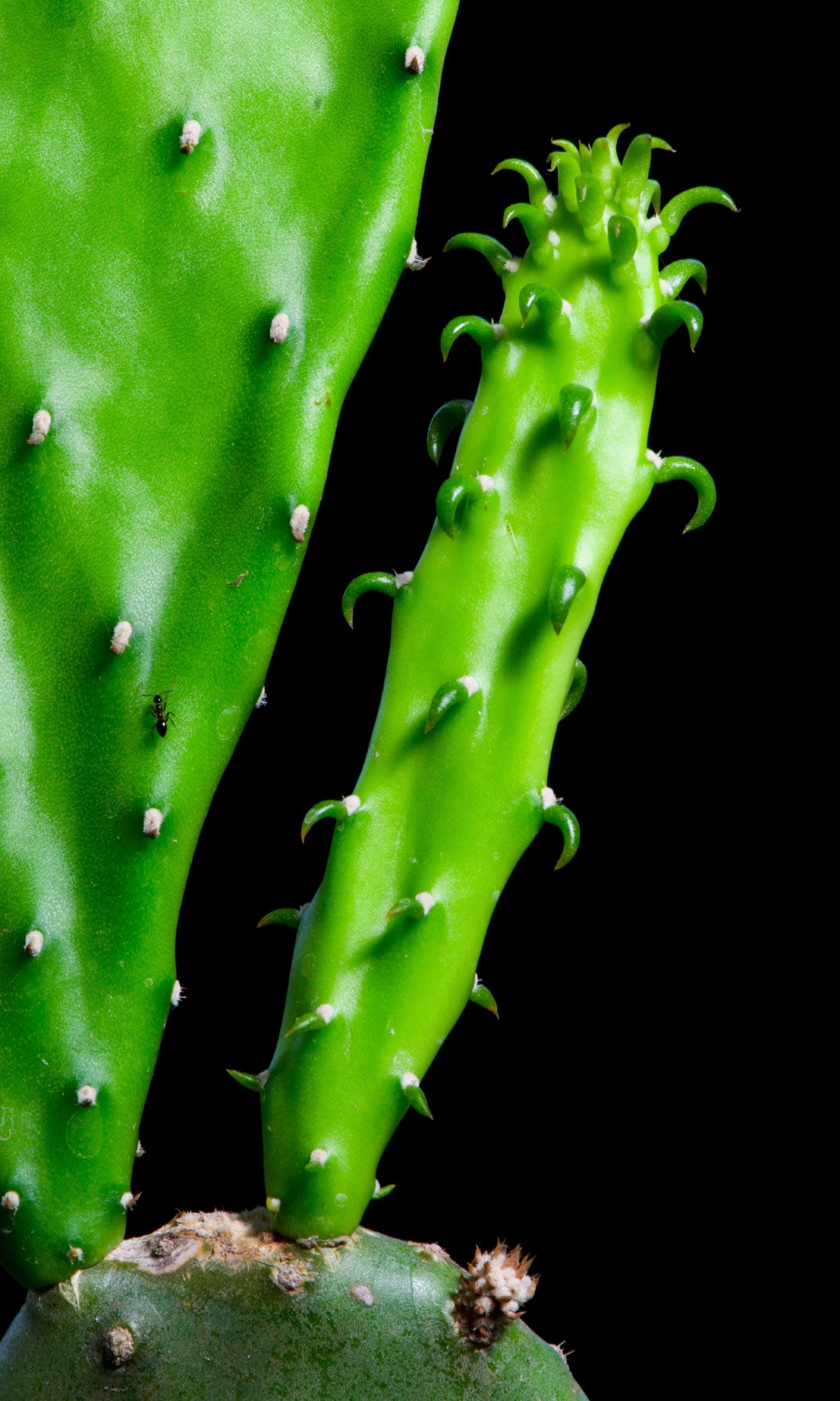Removing Offsets From Cactus: How To Remove Cactus Pups On Plant


One of the easiest methods of plant propagation for cacti is by removing cactus pups. These don't have furry ears and a tail but are the smaller versions of the parent plant at the base. Many species of cactus are known for growing cactus pups, which carry the identical characteristics of the parent without the capriciousness of seeds, which may produce plants with different characteristics.
Removing offsets from cactus, also known as pups, not only produces another complete plant but is useful in containers that are overcrowded. Cactus propagation via offsets is easier than the slow growth of seed, the surgical precision of grafting and the variability of cuttings. The little cacti are small but complete copies of the parent species and simply need to be removed from the adult.
Types of Cacti That Grow Offsets
Not all cacti are capable of growing cactus pups, but many of the barrel and rosette types do. You can also find offsets on succulents such as aloe and yucca. In nature, big barrel cacti will form offsets and provide a nursery for them in the form of shared nutrients and water and by shading the young plant from harsh sun.
Most offsets form at the base of the plant but some also form along the stem or even on the pads. You can remove any of these and root it for a whole new plant. Cactus propagation via offsets is easy as long as you take clean cuts, provide the right medium and allow the offset to callus. Any healthy mature cactus with offsets is suitable for removing cactus pups for propagation.
How to Remove Cactus Pups on Plants
The first step is to learn how to remove cactus pups on a plant. Get a very sharp knife and wipe the blade with some alcohol or a 10 percent bleach solution. This will prevent pathogens from entering the cut areas.
Locate a pup and cut it away at a 45 degree angle. A slanted cut on the parent will deflect water so the area doesn't rot before it can callus. Some propagators like to dust the cut end of the offset with sulfur powder to prevent fungal issues and rot. This is not necessary in most cases as long as you allow the cut end to callus fully. This may take a couple of weeks or even months. The end should be dry and hardened, slightly shriveled and whitish.
Growing Cactus Pups
After removing offsets from cactus and allowing them to callus, it is time to pot them up. The correct medium is well draining and gritty. You can purchase a cactus mixture or make your own with 50 percent pumice or perlite and 50 percent peat or compost.
Sign up for the Gardening Know How newsletter today and receive a free copy of our e-book "How to Grow Delicious Tomatoes".
Cuttings only need a pot just a little larger than their diameter at the base. Cover one-third to one-half of the base with the medium or enough so the offset doesn't fall over. Place the pup in indirect, but bright, sunlight and keep the medium lightly moist.
Most cacti root in four to six weeks but some can take months. You can tell when it has rooted by noting any new green growth which indicates the roots have taken off and the plantlet is receiving nutrients and water.

Bonnie Grant is a professional landscaper with a Certification in Urban Gardening. She has been gardening and writing for 15 years. A former professional chef, she has a passion for edible landscaping.